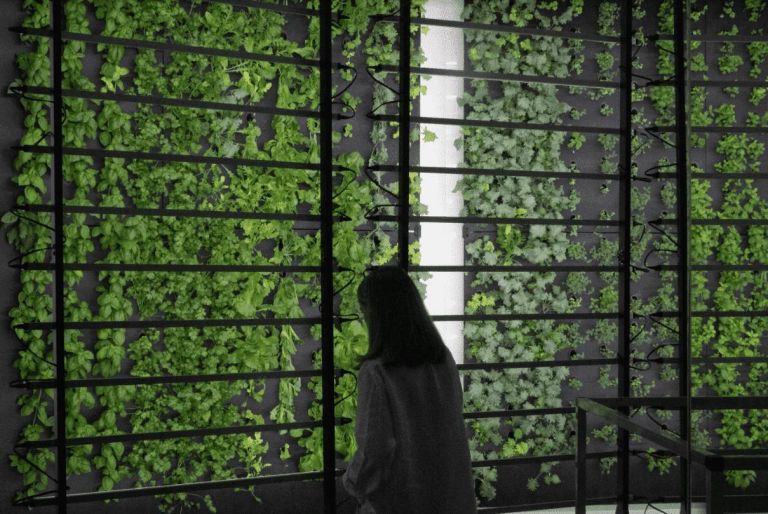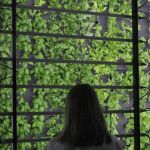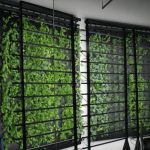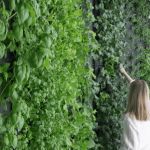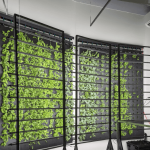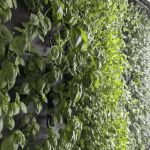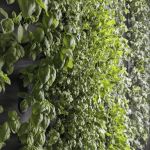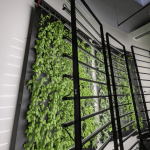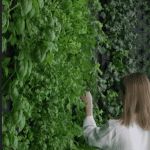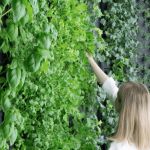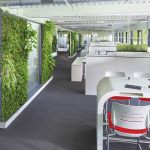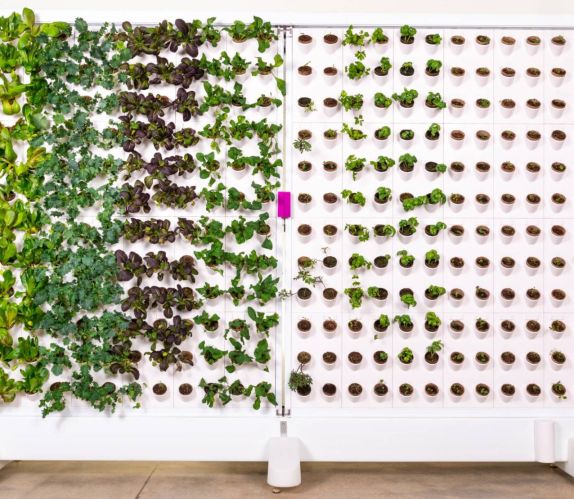Why Vertical Farms Make Sense
As climate change and rising input costs continue to put stress on our food systems, it has never been clearer that we need new solutions to how we feed a hungry planet.
Savy with technology and plant science, new entrepreneurs are developing business models that protect the environment, provide better, more nutritious food for their communities and create long lasting and sustainable business.
At NuLeaf we’re happy to provide turnkey growing solutions that help create the next generation of farmer with safe and reliable growing solutions that are affordable, scalable and suitable in most applications.
Water Savings
With the right nutrient and HVAC design, vertical farms can grow crops with up to 95% less water
Growing Indoors
Creating the perfect growing environment year-round, protected from climate change, pests and disease.
Reduce Transportation
Better taste with less waste. By growing our food locally, we can offer fresher more nutritional food.
Precision Agriculture
Through technology we can grow fresh food while using a fraction of the resources and reducing waste of traditional supply chains.
Land Preservation
Using specially designed walls we can grow up to 20 times as much food in the same space
Applications For Vertical Farms
Vertical farms are used in a wide range of applications across several industry segments. Understanding your target market will dictate the types and quantities of crops you need to grow. This information is important to determine the proper growing and packaging equipment you will need to run a successful operation. Generally speaking, the more precision required in the growing process, the higher the capital costs. These higher capital costs are not necessarily a negative, as often there are significant gains in yields, and reductions in input costs and waste. Understanding your target market is key to finding a balance between technology costs and the financial performance of any operation.
Urban Agriculture
Supplying Local Grocers, Food Service
Restaurants
The Freshest Flavors & Aromas
Remote Communities
Feeding Northern Towns And Work Camps
Repurposing Real-Estate
Bring life back to unused buildings
Nutraceutical
Functional and medicinal foods
Cosmetics
Plant-based extracts and ingredients
Frequently Asked Questions About Vertical Farms
Do I Need Experience To Run A Vertical Farm?
Prior to taking the leap into becoming a commercial scale grower of any crop, we recommend that new growers are knowledgeable in hydroponic systems and plant health. While the internet is a great tool for leaning about how to grow food indoors, nothing beats some good old hands-on experience growing on a small scale before operating your own commercial scale unit.
Are Vertical Farms Profitable?
In short, like many farms or business the key to being profitable is to have a great plan and even better execution.
Having a strong team with a firm understanding of costs, the market, customer needs and operations is critical to success.
Generally speaking, smaller indoor farms, with low energy and staffing requirements will outperform many of the larger operations. Identifying niche crops of high value and year-round demand in local markets can often times pay big returns.
Are Vertical Farms The Answer to Food Security?
The scale of our agricultural system is enormous and the cost to the environment can be difficult to comprehend. Fundamental changes in how we grow our food are needed today to create a sustainable and secure tomorrow. To feed our growing population the world will need to produce roughly 70% more food by 2050 than it does today. Vertical farms will be one of the many solutions used to feed a hungry planet. Capable of growing fruits and vegetables in almost any indoor environment, vertical farms offer year-round food security while using a fraction of the resources used in traditional agriculture.
How Sustainable Are Vertical Farms?
The largest environmental concern with vertical farms is their dependence on large amounts of electricity. While some of this power is supplied from renewable energy sources such as wind or solar, the majority of power used in growing this food creates greenhouse gas emissions. The carbon footprint of each farm is different depending on the size of the farm and the lighting systems. However, vertical farms provide a range of benefits over traditional agriculture that offset many of these carbon emissions.
- 50-95% reduction in water usage
- Eliminate most emissions created in transporting food from the field to the fork. In Northern Climates like Canada, much of our food travels over 3000 KM.
- Eliminate the need for chemical sprays used to treat pests or diseases. The production of many of these chemicals are emission intensive as is the global distribution network
- Reduce food waste by roughly 90%. Roughly 50% of all the perishable fruits and vegetables grown will go to waste. This was will release methane gas which is many times more destructive than CO2 to the environment.
- Eliminate the need for tractors and other diesel-burning equipment
- Vertical farms use 80% less farmland. Allowing soil quality and ecosystems to recover.
- Fertilizer production is an energy-intensive process. Hydroponic farms are much more efficient in delivering nutrients to plants and as a result, require a fraction of fertilizer.
Many small to large-scale vertical farms that are in operation today have a net-positive effect on the environment. As we continue to invest in sustainable sources of electric power generation, these technology-driven farms will only become more sustainable as more renewable infrastructure is built.
What Types of Crops Are Best In Vertical Farms?
Generally speaking, the best types of crops are hardy plants that are quick to grow and have a high market demand.
Popular crops include:
- Leafy Greens- Lettuces, Chards, Kales (60 varieties)
- Herbs- Basil, Cilantro, Parsley, Mint (40 varieties)
- Dwarf Cherry Tomatoes (8 varieties)
- Dwarf Pepper (12 varieties)

